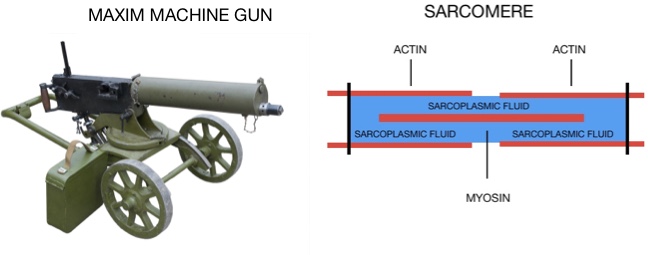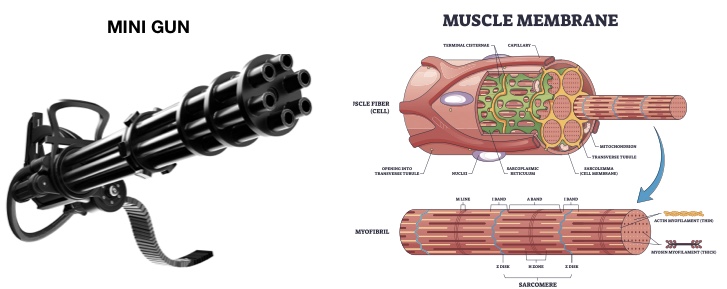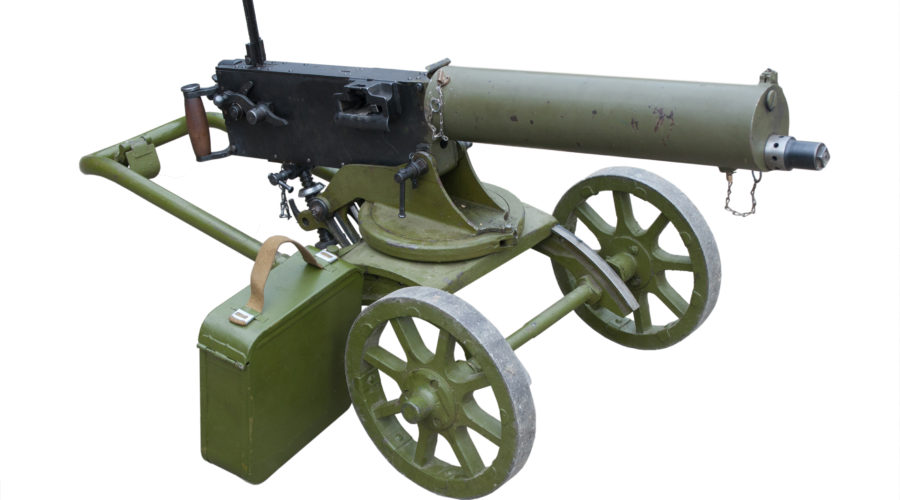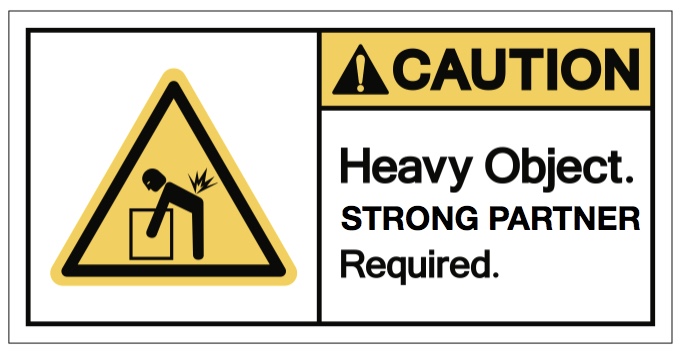Ideas Ahead of Science
A scientific consensus is an agreement which occurs after considerable time. If you refuse to consider propositions simply because they have yet to be backed by scientific consensus – you risk living in great ignorance. The following three propositions are not yet accepted facts. However, they are crucial to your success in the gym. Experiment with them yourself or fail to achieve your potential!
Proposition 1
Exercises which feature peak tension when the target muscle fibres are relatively long (near fully stretched) are far more effective (at producing muscle mass and strength) than exercises which feature peak tension when the target muscle fibres are relative short (near fully contracted).
Peak tension, in the context of common repetition technique, occurs where torque is greatest. Torque is determined by the perpendicular distance between two points; where force is applied and the axis of rotation. Where the two points are furthest away from each other – torque is at its greatest.
Muscles are far more capable of straining themselves against torque when they are relatively long as opposed to when they are relatively short. Strain is a primary component of the stimulus which generates increased muscular growth and strength.
Signs Science Is Catching On:
The reference below compares the squat and hip thrust in regards to hypertrophy of the glutes. The hip thrust is a clear example of an exercise which features peak tension (maximum torque on the hip joint) when the target muscles are relatively short (or near fully contracted). The hip thrust gives a great sense of muscular activation but feel and results are not congruent. Peak tension while the muscles are relatively long (or near fully stretched) is clearly superior as indicated by the greater glute hypertrophy produced by squatting.
Barbalho et al. 2020. Back Squat vs. Hip Thrust Resistance-training Programs in Well-trained Women. 10.1055/a-1082-1126
Proposition 2
Heat is the primary stimulus for muscular growth.
Thanks to our extraordinary aggressive DNA, we have discovered that a limiting factor with regard to killing many humans is the rate at which we can fire bullets. Machine guns are capable of firing bullets at an extraordinary rate, however their development required solving the problem of over-heating barrels. Many solutions to the problem of overheating barrels have been adopted. Two serve as decent analogies for muscular hypertrophy and are presented here:
Solution number one involved surrounding a single barrel with a jacket of water. This is analogous to surrounding a strand of myosin with sarcoplasmic fluid.

Solution number two involved implementing multiple barrels to allow for more cooling time between rounds. This is analogous to the proliferation of satellite cells and the development of more muscle fibres.

Heat, with regards to muscles and machine guns, is the product of friction. In machine guns it the friction between the outer surface of the bullet and the inner surface of the barrel. In muscles it is the friction that occurs as actin slides along myosin. In practice, I always tell avid exercisers to try and envision the sliding of muscle fibres when performing repetitions. Much like rubbing two sticks to start a fire, muscular heat is best generated by an optimum combination of tension, duration, speed and amplitude.
Signs Science is Catching On:
The study below illustrates how heat plays a role in hypertrophy with the application of a hot plate to exercising arm muscles.
Goto K, Oda H, Morioka S, Naito T, Akema T, Kato H, Fujiya H, Nakajima Y, Sugiura T, Ohira Y. Skeletal muscle hypertrophy induced by low-intensity exercise with heat-stress in healthy human subjects. Jpn J Aerosp Environ Med. 2007;44:13–18.
This second study, referenced below, concluded that partial range of motion exercise results in greater oxygen deficit than full range of motion exercise. Hypoxia, according to the researchers, is an essential stimulus for muscular hypertrophy. However, the manner in which the triceps extension (the exercise used in the study) was performed was also optimal for the production of heat. In regards to heat generated from friction, long, infrequent repetitions allow heat to dissipate. Short, rapidly-repeated repetitions force heat to accumulate. The partial range of motion triceps extension technique also emphasized peak tension while the target fibres (media and lateral head of triceps) were at significant length.
Masahiro G et al. Partial range of motion exercise is effective for facilitating muscle hypertrophy and function via sustained intramuscular hypoxia in young trained men. Strength Cond Res. 2019 May;33(5):1286-1294. PubMed.
Proposition 3
The most powerful way to manage athletic injuries and joint issues is by strengthening weak synergists.
Muscles which share a function (such as bending the elbow) are called synergists. If one muscle within a pair of synergists becomes weak, the other muscle will have to compensate. It is the burden of compensation which causes muscles to become tight, painful and prone to tearing. Painful muscles recover rapidly once their weak synergists are strengthened and the burden of compensation removed.
Signs Science is Catching On:
Renowned researcher Shirley Sahrmann (PT, PHD) has stated, “when a muscle is strained, the first thing to do is look for a weak or underactive synergist”.
Occupy your mind with scientific research and reasoning. However, be willing to consider novel ideas and original thinking. Experiment with the three propositions above and your results will drastically improve. Nothing is more compelling than first-hand experience.


